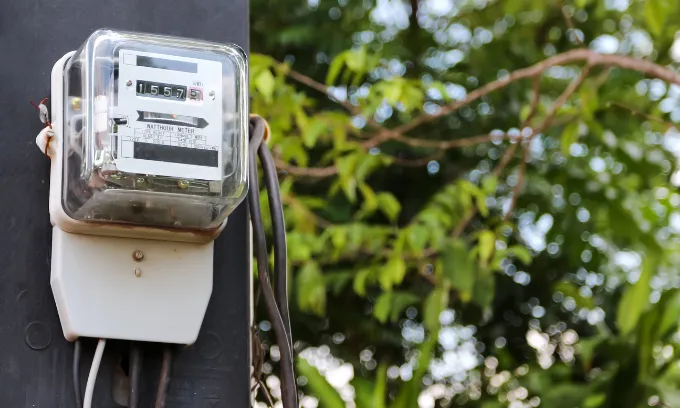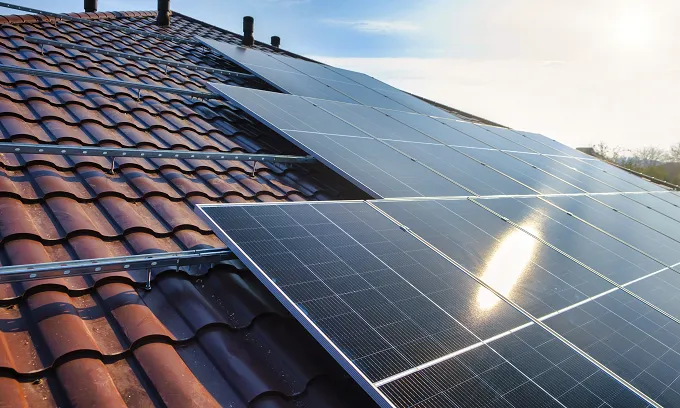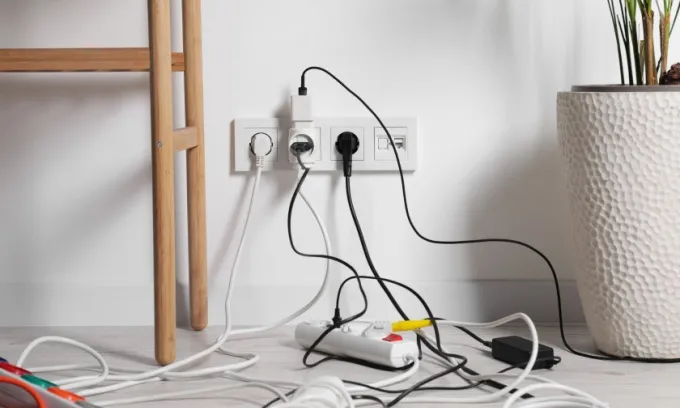The spike in Australia’s inflation rate, driven by the end of government electricity rebates, is a stark reminder that households will soon have to face paying full freight on their electricity bills.
The last of the federal government’s $75 rebate payments, which have been delivered in six quarterly installments, was deposited into the majority of households' electricity accounts earlier this month, bringing the total energy bill relief payments to $450.
This means those who pay their bill quarterly, will receive their first rebate-free bill in the first few months of next year, however, households who pay their bill monthly and consume high levels of electricity could be hit with the full weight of their energy bill by Christmas.
Rubbing salt into a financial wound for many households is the fact that electricity prices have risen substantially since 1 July.
The ABS inflation data released yesterday shows electricity prices rose by 9.0% in the September quarter, much of this is as a result of the state rebates expiring. However, without the rebates, ABS data shows electricity prices have still risen by 4.8% in the quarter.
Many are unprepared for higher electricity costs
A previous Canstar survey, released earlier this month, found many households are unprepared for the end of the federal government’s rebates. The survey of over 2,000 electricity customers revealed that when the rebates are complete:
- 40% will need to make changes to manage the increased costs.
- 9% may not be able to pay their bill.
- 32% are prepared and don’t believe it will have a significant impact on their budget.
- 19% aren’t aware the rebate is ending.
How households can keep the merry-go-round of bill relief running
There are ways to extend the relief if households are willing to take action themselves.
Canstar research shows there are currently nine providers offering a credit for new customers, delivered into electricity accounts, much like the government rebate.
← Mobile/tablet users, scroll sideways to view full table →
Electricity plans offering credit for new customers | |||
|---|---|---|---|
Provider | Max credit on offer | Wait time for credit | State |
1st Energy | $150 | 12 months | TAS |
AGL | $100 | 90 days | NSW, VIC, QLD, SA |
Alinta Energy | $100 | First bill | NSW, VIC, QLD, SA |
Energy Locals | $100 | 6 months | NSW, VIC, QLD |
Engie | $250 | First bill | NSW, VIC |
Kogan | $100 | First bill | NSW, VIC, QLD, SA |
Momentum Energy | $50 | First bill | NSW, QLD, SA, VIC |
Origin | $150 | Stay active until 31 Dec 25 | NSW, QLD, SA, VIC |
Powershop | $200 | First bill | NSW, QLD, SA, VIC |
Source: Canstar. Eligibility criteria for credit based on state and/or provider terms, as well as plan type. Additional terms and conditions may apply.
While sign-up perks should always be used with a healthy dose of caution, many of these deals are on offer from some of the lowest-priced plans in each capital city.
Canstar research found that switching from the average annual cost electricity plan to the lowest cost plan could save households up to $390 a year, with a number of the lowest cost plans including a cashback.
A saving of $390 is the equivalent of extending the federal rebate payments by 16 months.
← Mobile/tablet users, scroll sideways to view full table →
Potential savings switching from average annual cost to lowest cost electricity plan | ||||
|---|---|---|---|---|
City | Average annual cost | Lowest annual cost | Potential savings | Rebate extension equivalent (months) |
Sydney | $1,773 | $1,479 | $294 | 12 months |
Melbourne | $1,458 | $1,199 | $259 | 10 months |
Brisbane | $2,011 | $1,681 | $330 | 13 months |
Adelaide | $2,154 | $1,806 | $348 | 14 months |
Canberra | $2,382 | $1,992 | $390 | 16 months |
Hobart | $1,338 | $1,229 | $109 | 4 months |
Source: Canstar - 30/10/2025. Based on single rate electricity plans on Canstar's database; excluding solar-only plans. One product shown per distribution network. Annual costs calculated based on the estimated lowest possible price a representative customer would be charged in a year, assuming all conditions of discount offered (if any) have been met. Representative customer based on the reference usage for NSW, VIC, QLD, ACT, and SA (per Victorian default offer for VIC, ICRC for ACT, and AER for others) or the median usage in the Office of the Tasmania Regulator's report, Typical Electricity Customers in Tasmania 2022 for TAS. Rebate equivalents calculated at $25 per month and rounded to the next month.
Shop around for your own savings
Canstar's data insights director, Sally Tindall says, “We always knew life with the electricity rebates was a short term escape, but it's been covering up an ugly truth which is higher electricity prices.”
“An increase to your electricity costs might feel inevitable, however, some households who shop around now ahead of their next bill could potentially escape some, if not all, of the financial pain of paying full freight.
“Right now there are nine retailers on the Canstar database offering sign up incentives, some as high as $250, just for giving them your business.
“This can help take the sting out of the end of the rebates, however, if you’re not planning on switching providers every few months, it’s worth looking for a plan that offers competitive prices. Some even offer both.
“For some households, switching to a lower cost electricity plan could save up to $390 over the next year – that’s the equivalent of more than five government rebate payments.
“For those that can’t shop around, and are worried about how they’ll pay their next energy bill, reaching out to their provider for assistance could be an option.“








